Reinventing Edgewood
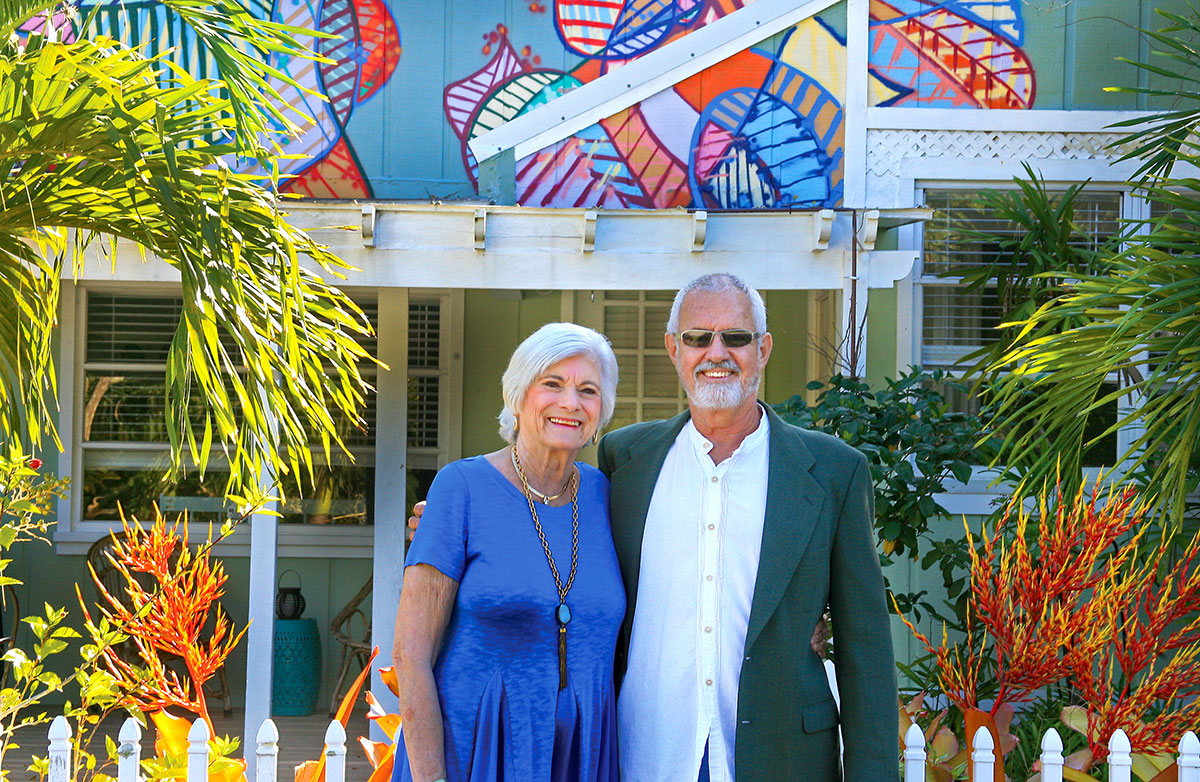
Group labored six long years before its efforts produced plans for an arts village
BY KERRY FIRTH
After six long years in the planning and zoning stage, the Vero Beach Art Village is finally moving forward with transforming the historical downtown Edgewood neighborhood into a mixed-use residential and business village celebrating the arts.
The neighborhood is in the process of morphing into a place where visitors and the cultural community can meet, learn, entertain and interact in the appreciation of the visual, culinary and performing arts. It will be a creative place for artists to live, work and sell their creations at their home studios within the district.
It all started back in 2015 when local leaders and members of the Cultural Council of Indian River County started looking at ways to attract more artists to the community while showcasing the arts in a more recognizable fashion. Local artists had expressed that it was difficult to be a professional artist in Vero Beach because of the lack of suitable affordable places to live, work and sell close to the Downtown Art District.
Barbara Hoffman, the former executive director of the cultural council, met artist Ross Power by chance at a local café. After striking up a conversation she realized she had a soulmate in the dream of showcasing the arts in a dramatic way within the community.
Power had moved up to Vero from Miami after being the driving force behind the Wynwood Arts district that transformed a deteriorating fashion neighborhood in downtown Miami into a vibrant hub of contemporary and street art lined with warehouses converted into craft breweries and funky art galleries.

BRAINSTORMING GROUP
The pair gathered a group of like-minded people and started looking at revitalizing the old diesel plant that sat empty along the railroad tracks in downtown Vero Beach. After a lot of discussion and presentations they came to the realization that the diesel plant just wasn’t where they needed to be because of the extensive and expensive environmental issues.
Plus, the train track was only 25 feet from the corner of the building which was not going to be a conducive atmosphere for an art gallery when Brightline trains start making multiple trips a day. Fortunately, after abandoning those plans the plant was later converted into an iconic brewery.
“The two of us came up with the alternative concept of an art village simultaneously,” Hoffman said. “At that time, we hadn’t even pinpointed a neighborhood. We decided to hold a neighborhood meeting to discuss the idea with the community and over 100 people showed up.
“They loved it. The cultural council took on the project because it needed a home and I became the spokesperson and chair,” Hoffman continued. “We built a volunteer leadership team and we met every month for six years while trying to get the concept into the city’s comprehensive plan.”

HAD TO AMEND PLAN
Hoffman said the most difficult issue was while the city council adopted the concept, it wasn’t doable because it wasn’t in the existing comprehensive plan which was written in 1992.
“We literally had to put everything on hold during the lengthy two-year process to change the city’s land development code and zoning regulations,” Hoffman explained. “Our entire focus was shifted to support the legislation required to create the village in the confines of the comprehensive plan.”
All that hard work and patience paid off just a few months ago when the zoning was finally approved. A new board has taken over leadership on the development of the village after Hoffman relinquished her chair the very day the zoning was approved, but she still serves as a senior adviser. Power leads the effort now and has made a bold personal move to show his commitment by selling his beachside home and moving into a big brick house in the center of the district.
“I will be placing a massive, 11-piece sculpture in my front yard creating a stainless steel forest of totems ranging in height from 6 to 10 ½ feet tall. It will serve as the centerpiece for the Art Village and a place for visitors to explore and reflect,” Power said.
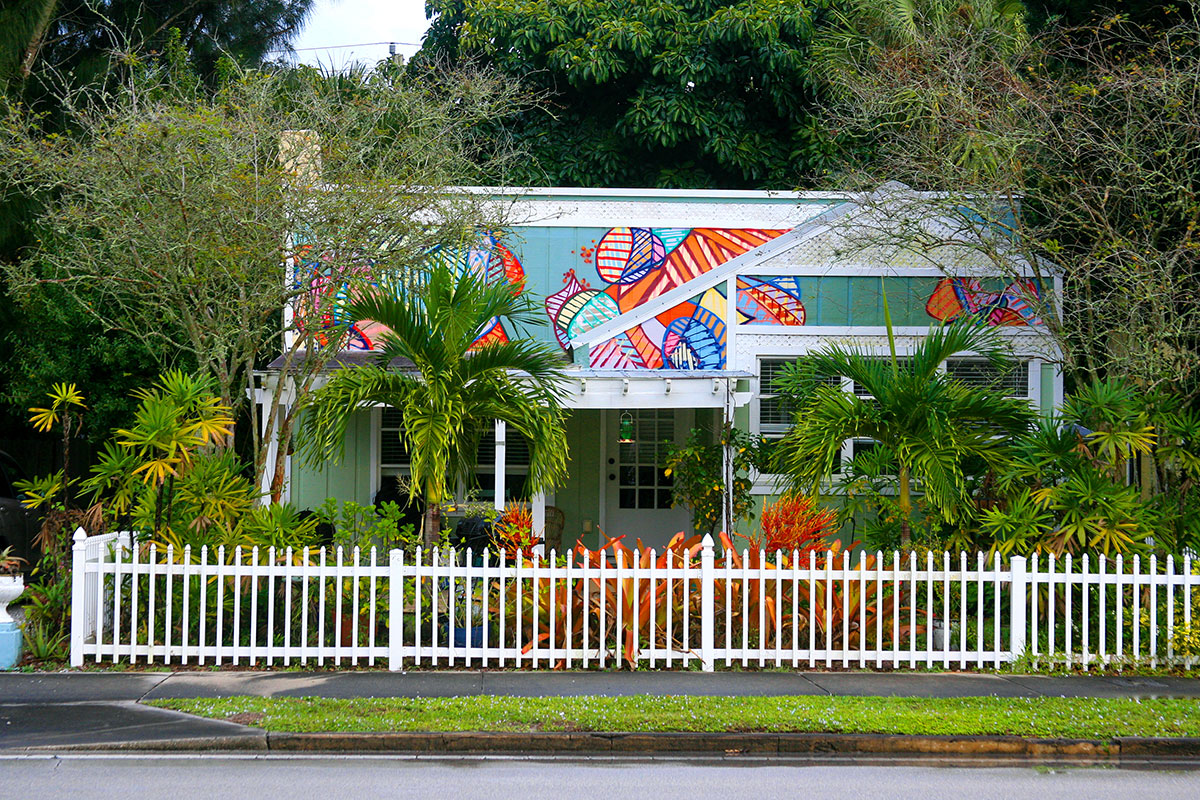
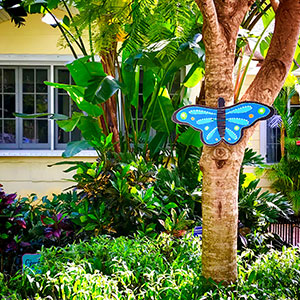
“Across the street are some empty lots that fellow artist Robert Brulotte, a renowned woodworker, will develop into three or four artisan studios and office space arts village,” Power continued. “This intersection of 19th Street and 18th Avenue will be the cornerstone and heart and soul of the village. We also envision brick walkways with each brick bearing the name of a donor and even streets named after local philanthropists. This art village will ultimately be attractive to world class artists and a destination place to visit.”
Once the idea of an art village took hold, the group looked for an area that needed improvement and the old Edgewood community just west of the popular art district in downtown Vero was a perfect fit. Edgewood has been a community of firsts since it was established in 1916. It was home to Vero’s first hospital, Vero’s first public school, Vero’s first motel and now Vero’s first art village. Time and neglect has taken its toll on the historical community but the grassroots art project is hoping to change that.
The Art Village plan reflects the principle of retrofitting rather than redevelopment and envisions a walkable collection of historical homes, art studios and galleries, cafes, restaurants, book stores, healing arts and related small businesses.
Vibrant murals will be painted on weathered walls, new historical street signs and period street lamps will be installed, giving new life to the declining neighborhood. There is dedicated green space for gatherings like art shows, music performances and open house festivals. Eventually bike and pedestrian paths will make it easy to stroll or roll from one place to another.
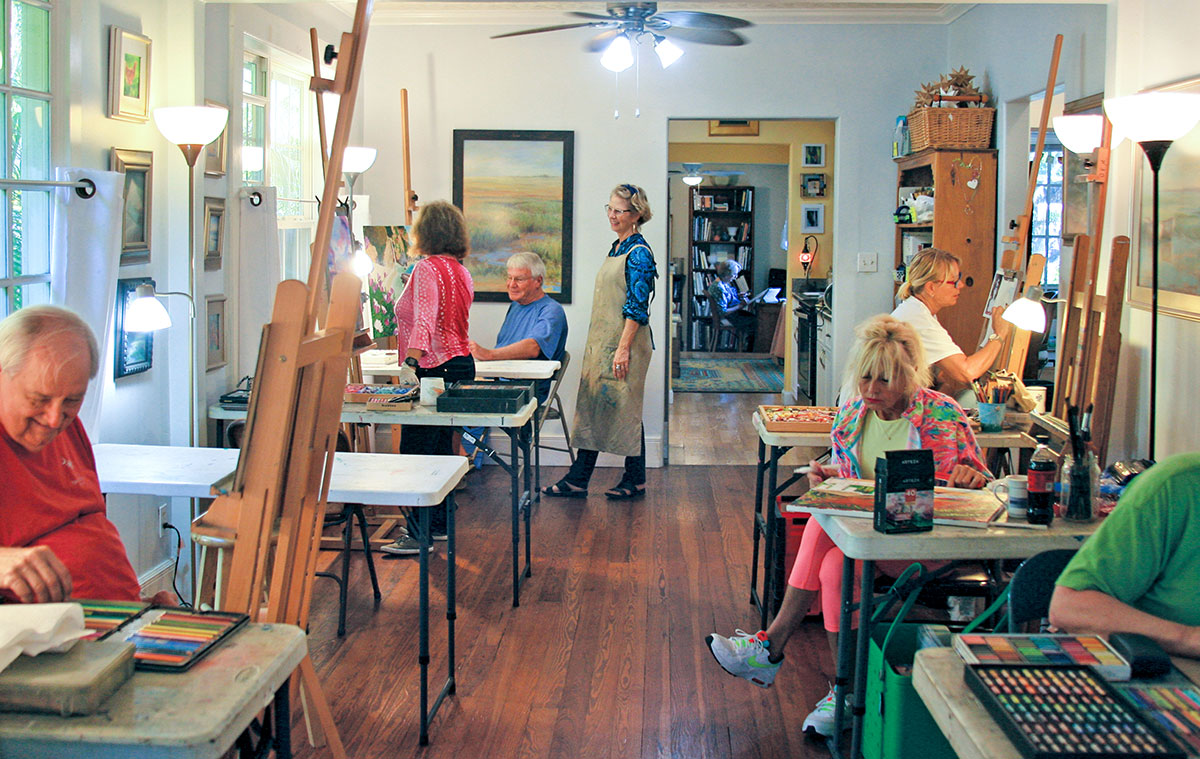
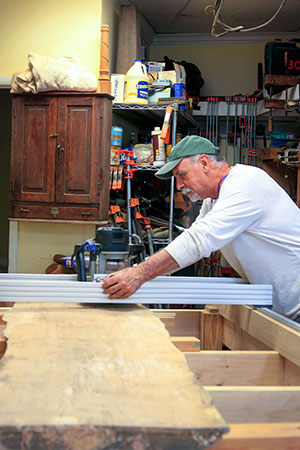
The plan even calls for a small amphitheater and pocket parks. The goal is to preserve the integrity of the structures, street layouts and motifs that are such an important part of Vero Beach history.
“Our vision is a village where you can go to see art, have a sandwich and maybe stay overnight,” Power said. “Each segment of the community has a different function. We currently have five artists who live and work in the village, but we are marketing it to artistic communities around the state.
“One of the things I’m most excited about are the events. We anticipate having monthly art walks where visitors can stroll from one residence to the other. Each artist will place a torch in front of their residence and hopefully have a tent out front to serve drinks and pastries or whatever. Guests might meet an artist doing oil paintings at one place, hear a guitarist at another, and sample culinary creations at another. It should be a fun, cultural evening.”
One of the first events will be held in Power’s yard ‘under the lychee tree’ where an eclectic group of musicians and artists will showcase their talents.
“It’s been a long, frustrating wait but now we are ready to move forward,” Power said. “If you drive down 19th Street today, you might not see much going on but give us a year and you’ll see the heart of a vibrant, creative community. You don’t have to be an artist to live and work here, but you need to embrace the artistic spirit.”
A nonprofit [501c3] organization, Friends of the Vero Beach Art Village, has been created for on-going support of the Vero Beach Art Village. Become a member and help transform a community. Purchase a brick with your name on it or invest in the legacy of having a street named after you or your family. Visit www.verobeachartvillage.com for more information and for your chance to be part of history in the making.

NEW ZONING DISTRICTS
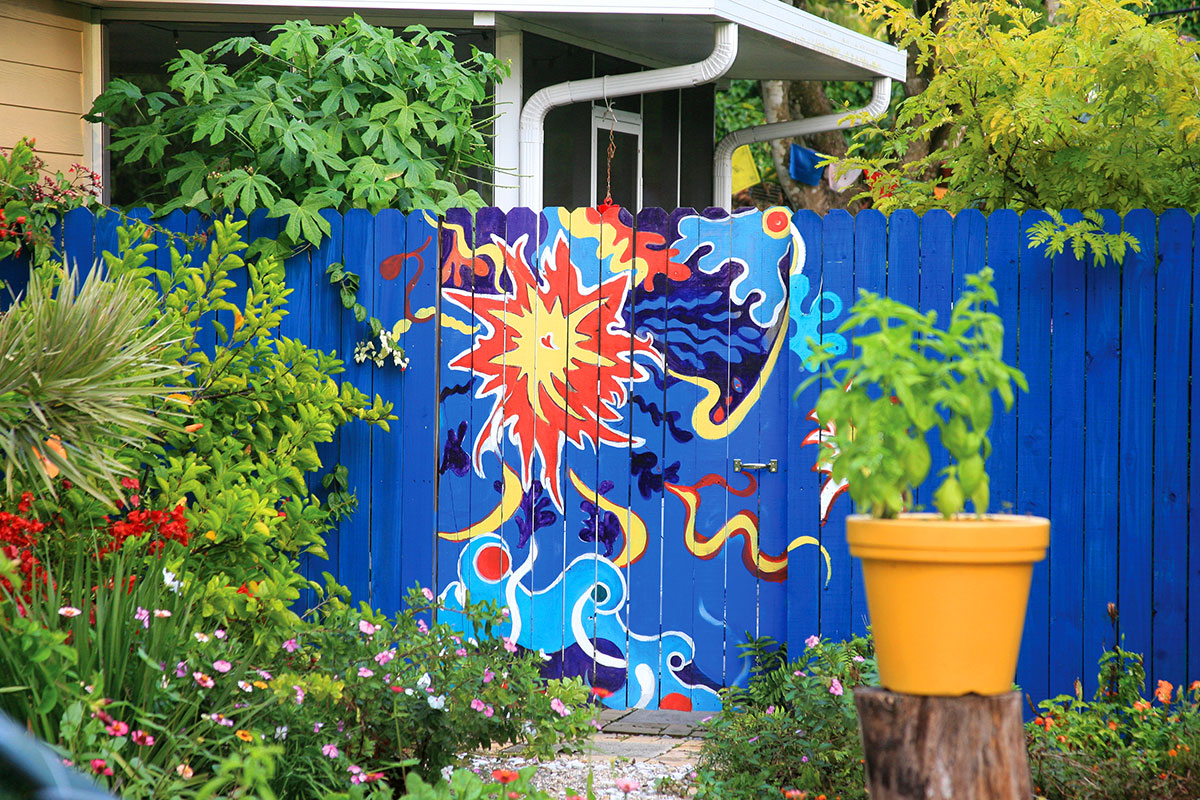
Three new zoning districts have been established in the Edgewood neighborhood opening up the possibility of a variety of residential and commercial uses.
Zone 1 along 19th place [State Road 60], the CAV-1 Zoning District is reserved for office and institutional uses like bookstores, art studios and galleries, bed and breakfast lodging and retail stores related to the arts.
Zone 2, the CAV-2 Zoning District, allows for both residential and commercial use in the northern part of the village. The new zoning allows for the single family, duplex and multifamily dwellings to be utilized for both living and working accommodations. Artists are encouraged to establish their live-work units with at least 65% reserved for residential use. This district is also perfectly suited for cafes and restaurants, which will be adjacent to the existing alleys.
Zone 3, the CAV-3 Zoning District, encompasses the southern part of the village and in addition to artist-live-work space allows for accessory art-related commercial business. As with all structures in the art village, there will be occupancy and space limitations to preserve the residential character of the village.
